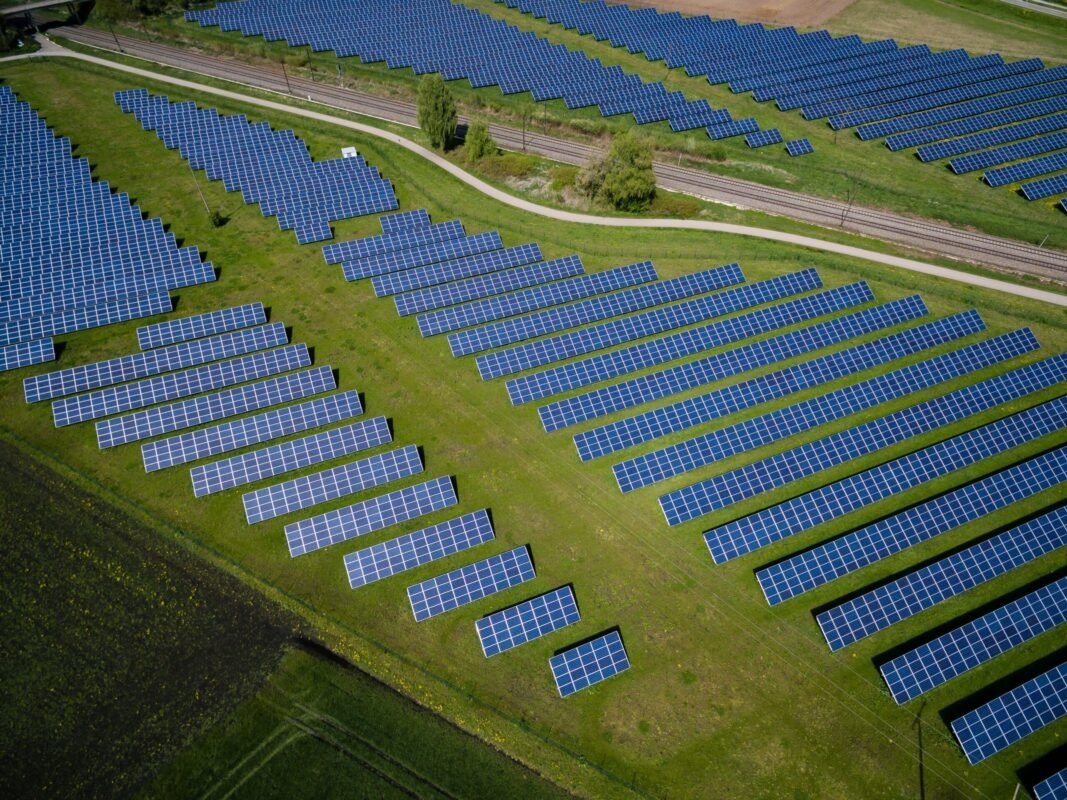29. The Power of Renewable Energy: Shaping a Sustainable Future
The Rise of Renewable Energy
As concerns about climate change and environmental sustainability grow, the adoption of renewable energy sources has gained momentum. These sources offer a cleaner and more sustainable alternative to traditional fossil fuels.
1. Environmental Benefits of Renewable Energy
Reduced Greenhouse Gas Emissions: The burning of fossil fuels for energy is a major contributor to greenhouse gas emissions. Renewable energy sources, being carbon-neutral or low-carbon, help reduce the overall carbon footprint and mitigate climate change.
Air and Water Quality Improvement: Unlike fossil fuel-based power generation, renewable energy production doesn’t release pollutants that harm air and water quality. This has positive implications for human health and ecosystems.
Conservation of Natural Resources: Renewable energy relies on sources that are abundant and sustainable, such as sunlight, wind, and flowing water. This reduces the pressure on finite fossil fuel reserves and minimizes environmental degradation associated with resource extraction.
2. Key Renewable Energy Sources
Solar Power: Harnessing the energy from the sun through photovoltaic cells and solar panels, solar power is a versatile and abundant source of renewable energy. It can be deployed at various scales, from rooftop installations to large solar farms.
Wind Energy: Wind turbines convert the kinetic energy of the wind into electricity. Wind energy is a rapidly growing sector with large-scale wind farms contributing significant power to the grid.
Hydropower: By capturing the energy of flowing water, hydropower generates electricity. It is a mature and reliable source of renewable energy, with both large-scale dams and small-scale hydroelectric facilities.
3. Advancements in Renewable Technology
Energy Storage Solutions: Overcoming the intermittent nature of some renewable sources, advancements in energy storage technologies, such as batteries, allow for the efficient storage and use of excess energy.
Smart Grids and Energy Management: Smart grids enhance the integration of renewable energy into existing power systems. They enable more efficient energy distribution, consumption monitoring, and load management.
Innovations in Materials and Efficiency: Ongoing research and development focus on improving the efficiency of renewable energy technologies. Innovations in materials, design, and manufacturing contribute to increased performance and affordability.
4. Overcoming Challenges in Renewable Adoption
Intermittency and Reliability: Addressing the intermittency of renewable sources, particularly solar and wind, requires the development of effective energy storage solutions and smart grid management.
Infrastructure Investment: The transition to renewable energy necessitates significant infrastructure investment. Governments, businesses, and communities must collaborate to fund and implement the necessary changes.
Public Awareness and Policy Support: Raising public awareness about the benefits of renewable energy and garnering policy support are essential. Governments can incentivize renewable adoption through subsidies, tax credits, and favorable regulations.
5. The Role of Individuals and Businesses
Investing in Renewable Technologies: Individuals and businesses can contribute to the renewable energy transition by investing in solar panels, wind turbines, and other renewable technologies for their homes or operations.
Energy Efficiency Practices: Prioritizing energy efficiency reduces overall energy demand and complements the shift to renewable sources. This includes adopting energy-efficient appliances, insulation, and lighting.
Advocacy for Renewable Policies: Individuals can advocate for policies that promote renewable energy adoption. This involves supporting candidates and initiatives that prioritize sustainable energy practices.
Conclusion: A Greener Tomorrow with Renewable Energy
Renewable energy stands as a beacon of hope in the fight against climate change and environmental degradation. As technology continues to advance and global commitment to sustainability grows, the transition to renewable energy sources is poised to play a pivotal role in shaping a greener and more sustainable tomorrow. Through collective efforts, innovation, and responsible choices, we can harness the power of renewable energy to create a cleaner and healthier planet for future generations.


